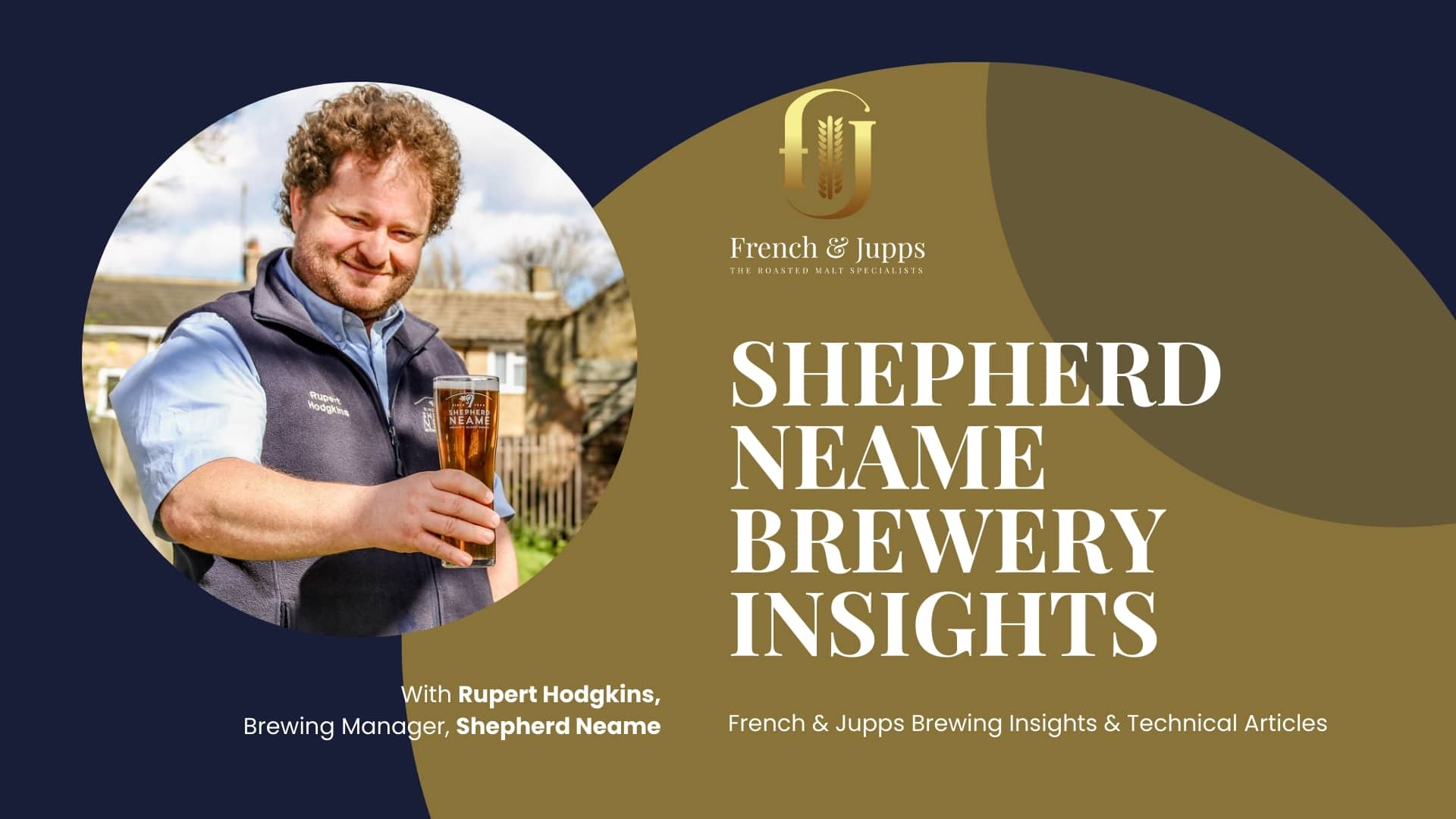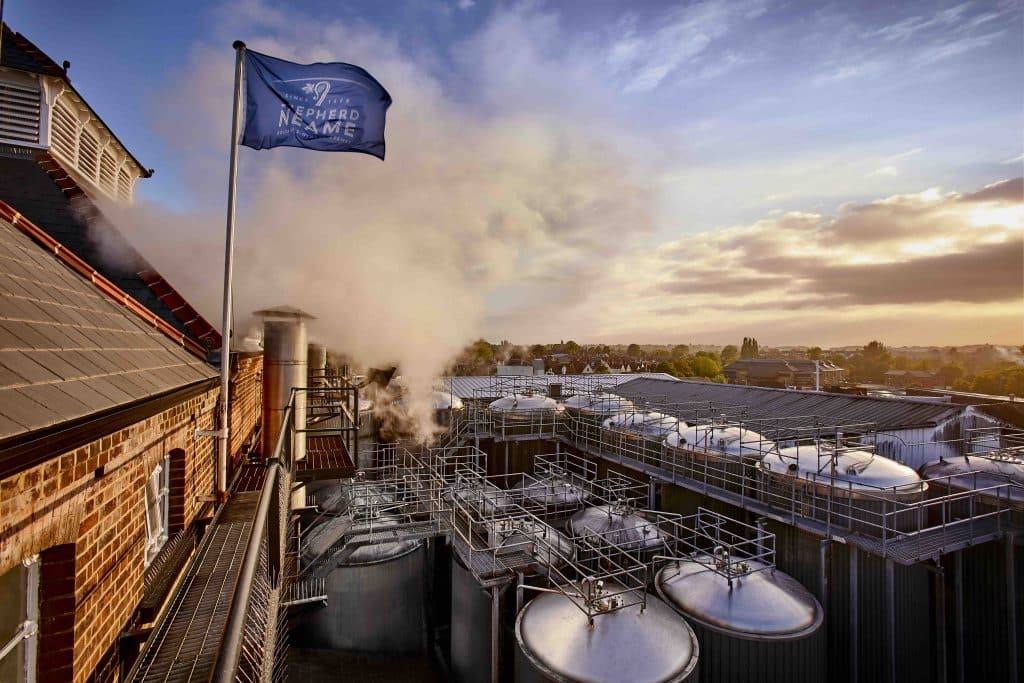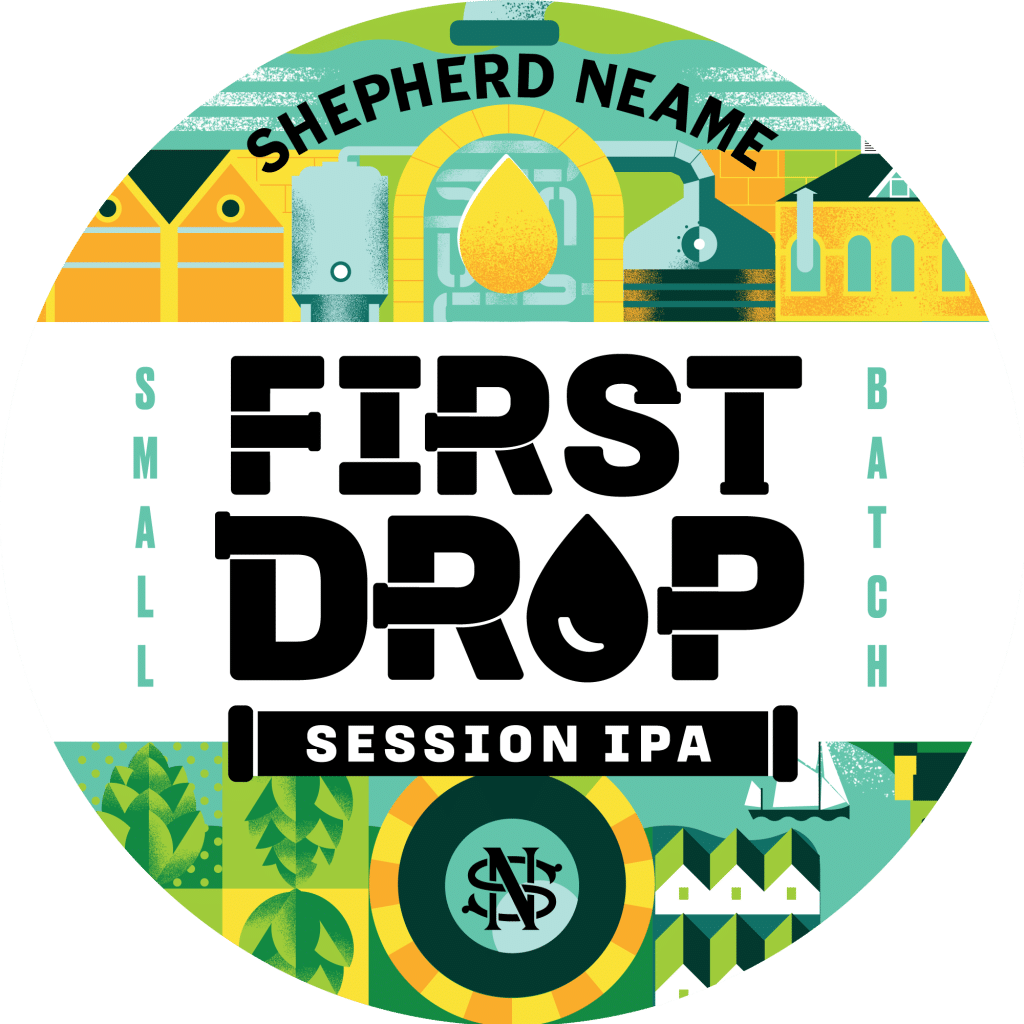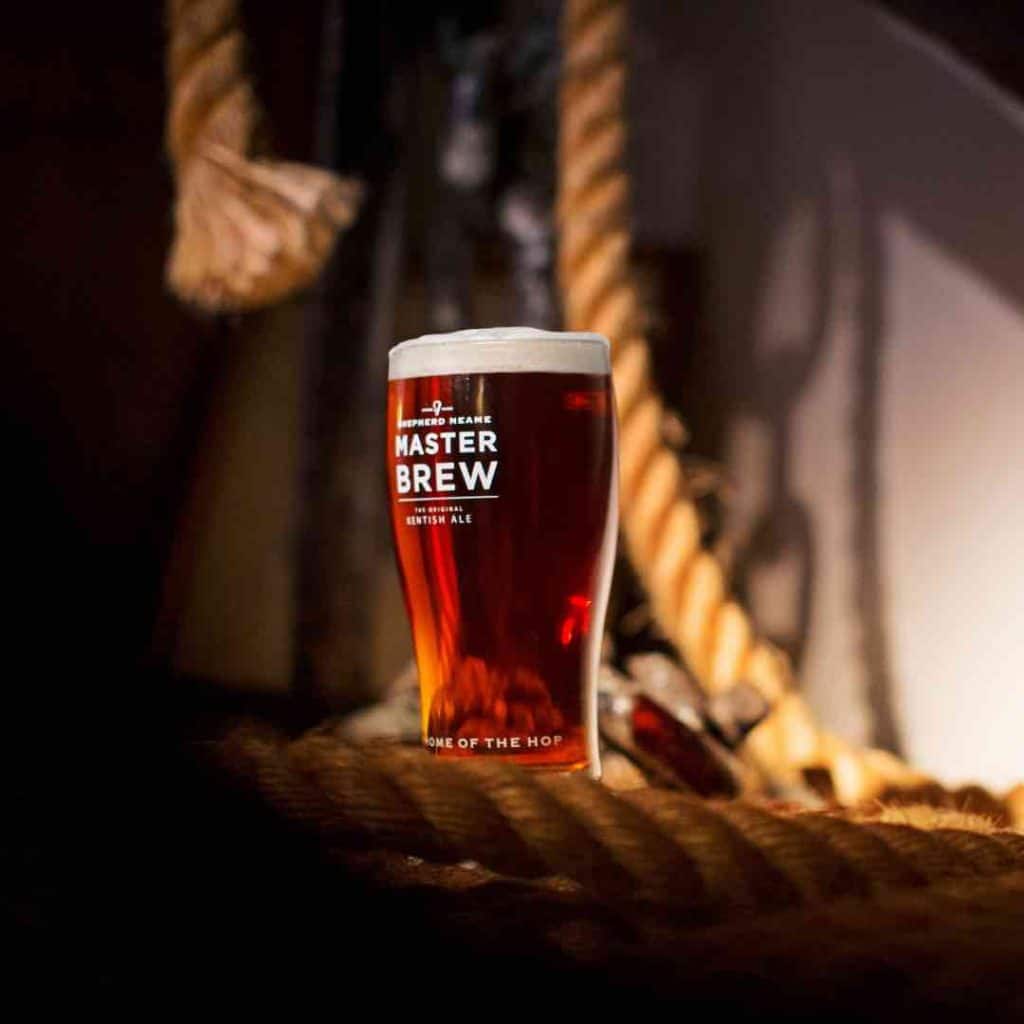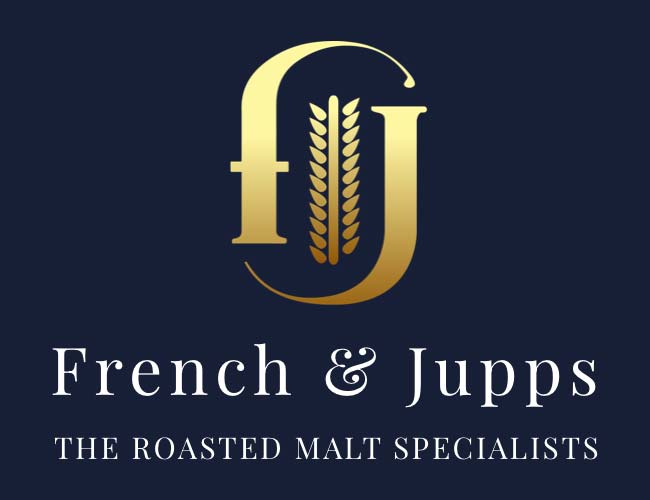Rupert Hodgkins, Brewing Manager, Shepherd Neame
Nestled in the historic market town of Faversham, Kent, The Faversham Brewery stands as a testament to centuries of brewing tradition. Home to Shepherd Neame, Britain’s Oldest Brewer, this site has witnessed the craft of brewing evolve, consistently producing Kentish ales bursting with character and internationally renowned lagers. Using time-honored techniques and natural ingredients, including mineral water from the town’s aquifer and locally sourced hops, the brewery blends art and science to create award-winning beers. In this article, we sit down with brewing manager Rupert Hodgkins to gain insights into the mastering malt and the intricacies of its uses in a variety of beer styles, exploring the secrets behind crafting beers enjoyed time and time again.


